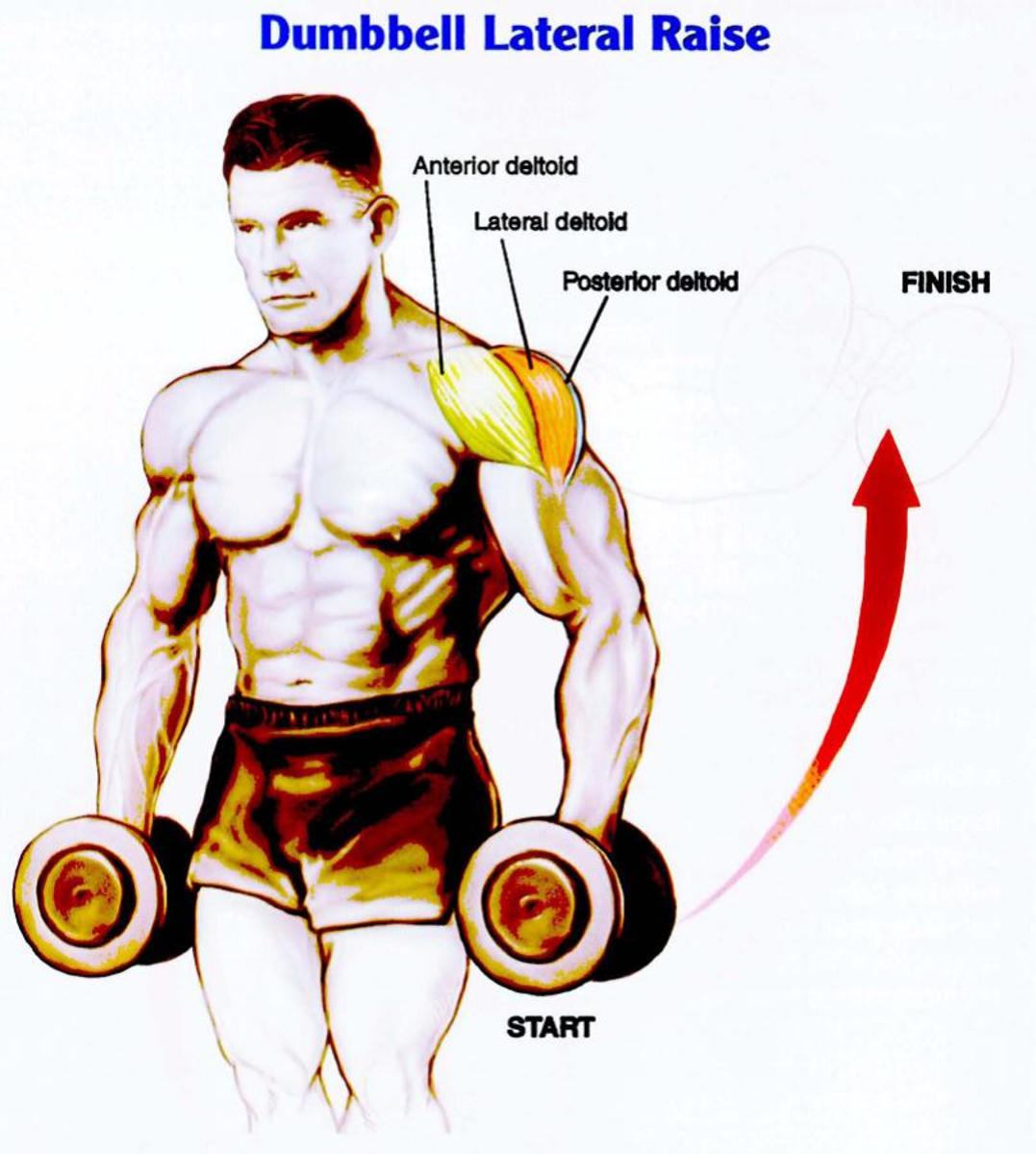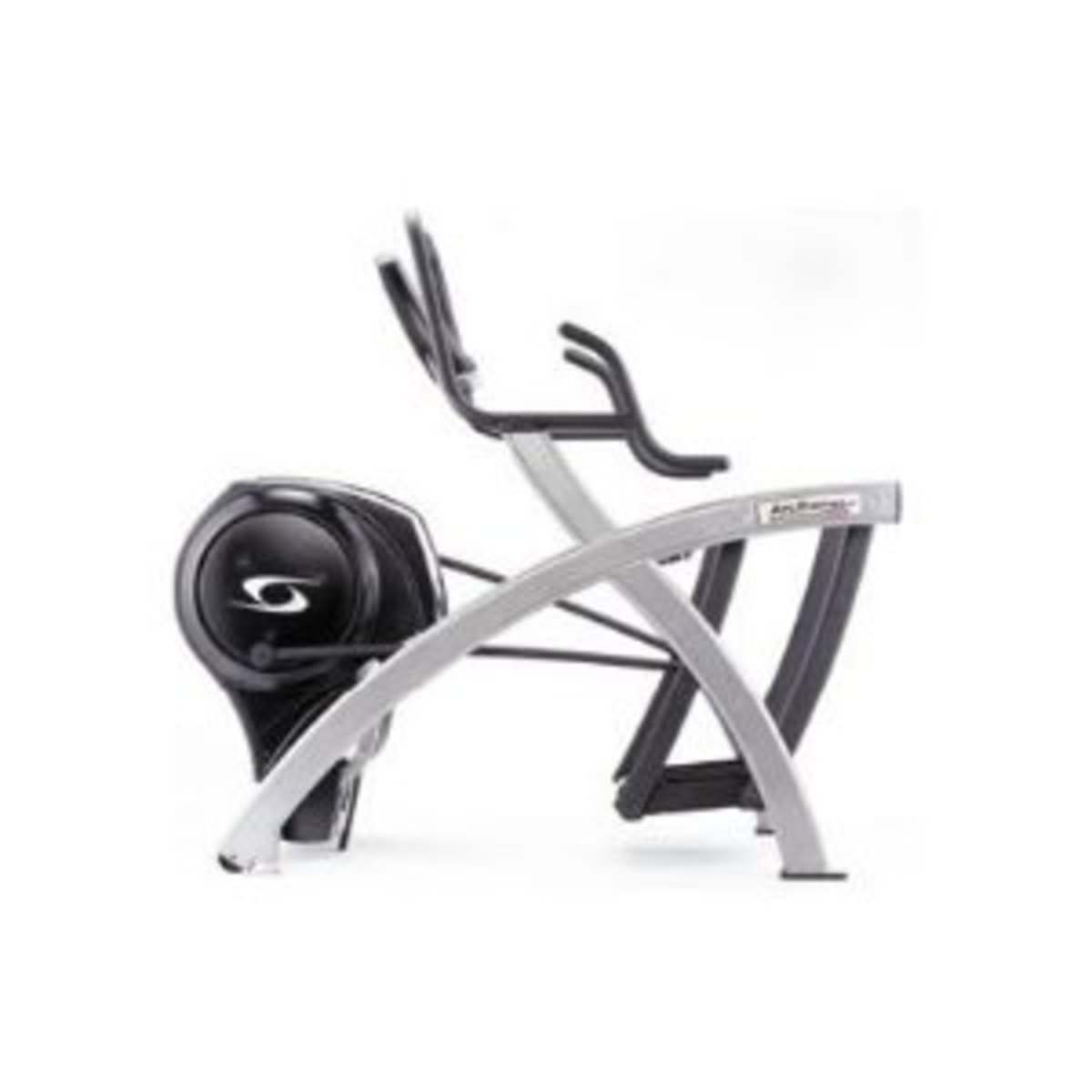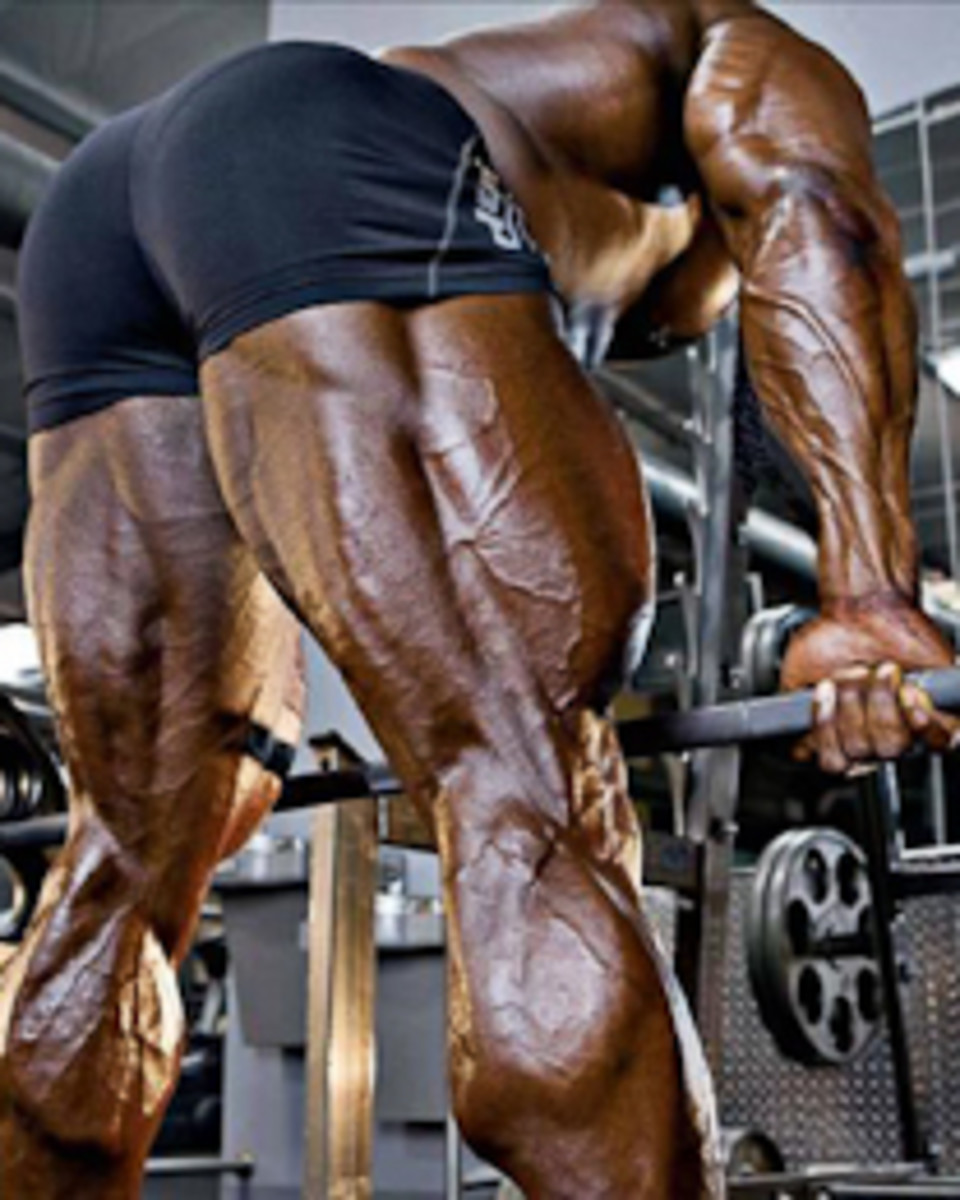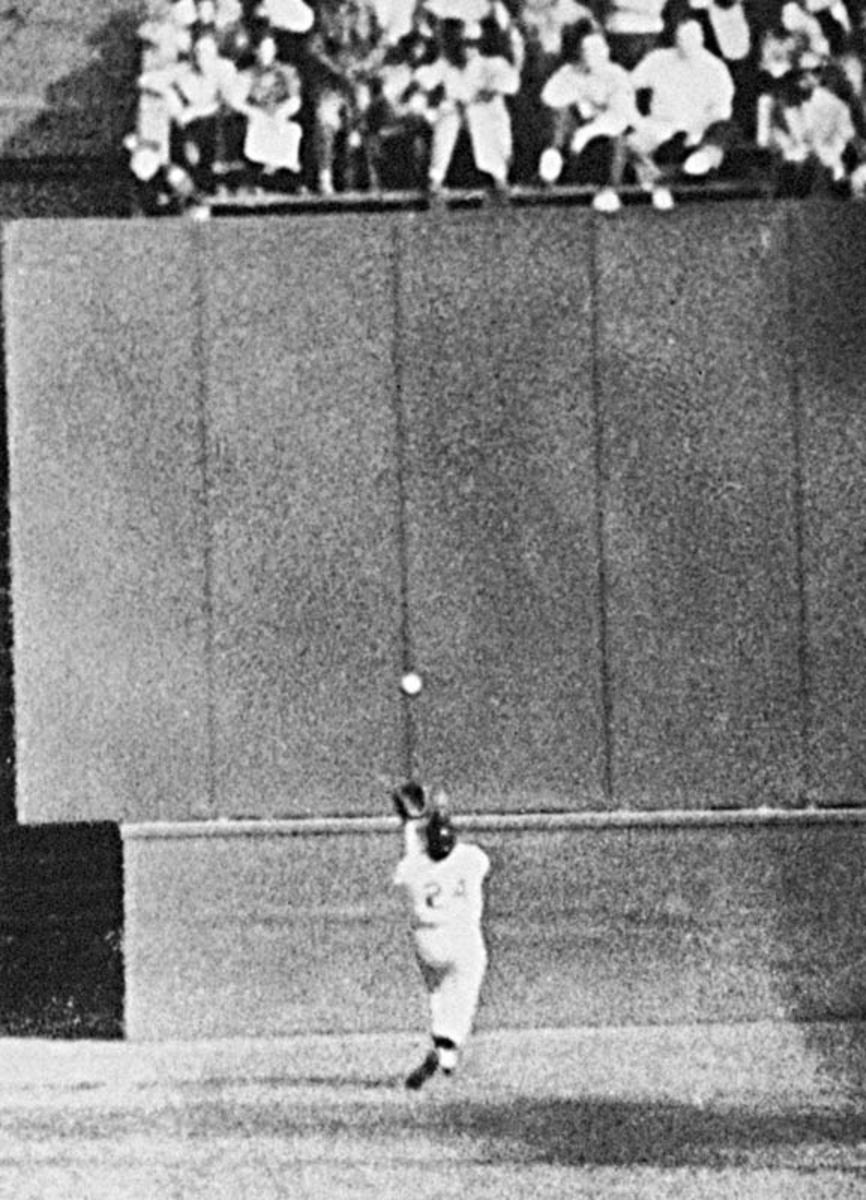Isotonic contractions
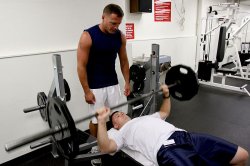
Isotonic contractions - want bigger muscles?
Isotonic contractions refer to a specific type of muscle contraction, where the tension on the muscle remains the same, however, the length of the muscle does not. Understanding isotonic contractions is important for anyone who wants to increase their strength or tone up their muscles. However, there are a number of misconception about isotonic contractions that will be clarified below.

Isotonic versus Auxotonic versus Isometric
You have most likely heard of the terms isotonic and isometric, but you have may not have heard the term auxotonic. For a muscle contraction to be truly isotonic according to the definition, it requires the same tension on the muscle throughout the movement. In real life workouts this is actually quite rare. As an exercise is undertaken (e.g. lifting a weight), there is usually a slight fluctuation in speed as momentum shifts and joint angles (and forces) change slightly to complete the exercise. We also need to accelerate to overcome inertia at the start of a movement and decelerate toward the end of a movement. In this case it is more likely to be auxotonic contraction. During an auxotonic contraction the muscle may undergo increasing or fluctuating tension (as it adjusts to changes in joint angles and momentum shifts). Isometric contractions on the other hand occur when there is no change in muscle length (i.e. the joint angle stays the same). Isometric contractions are sometimes called 'static contractions' as the length of the muscle and joint position does not really change.

Concentric versus eccentric during isotonic or auxotonic contractions
A concentric contraction occurs when the muscle exerts more force than the resistance acting in the opposite direction. Consider the first part of a barbell / bicep curl. As your biceps brachii (and the smaller elbow flexors) contracts, it pulls your forearm (with the weight in your hand) upward. At this point the force being exerted by your elbow is greater than the force of gravity acting on the weight in your hand. Hence, the weight is being lifted up. An important thing to note in this example of a concentric contraction is that the length of your biceps is becoming shorter as complete this phase of the bicep curl.
An eccentric contraction occurs when the muscle exerts less force than the resistance acting in the opposite direction. Consider the second part of a barbell / bicep curl. As you lower the weight back down (and extend your elbow) the biceps brachii (and smaller elbow flexors) are still working to slowly lower the weight back down (an prevent a sudden drop). As this point the force being exerted by your elbow is less than the force of gravity acting on the weight in your hand. During this eccentric contraction the length of your biceps is becoming longer as you return to the starting position.
Barbell curl (Bicep curl)
Most people would call this an isotonic exercise. Even with the excellent technique used for each repetition, this is still not technically isotonic an isotonic contraction. However, this doesn't really matter! When you are planning or undertaking an exercise routine actually following through and doing it is the key. Don't lose sleep over whether your contraction is technically isotonic, its actually a good thing for your joints that these exercise are auxotonic. The acceleration and deceleration that occurs at the start and end of a movement actually help protect against joint injuries.
Dumbbell bicep curls
Dumbbell bicep curls are quite a straight forward exercise. Nonetheless people often become too keen to try and lift the heaviest weight possible, and can put themselves at risk of injury. When you are doing biceps curls, ensure that you can complete the entire set without starting to do jerky movements, or only start the movement with momentum (i.e. a bit of a swing at the start of the concentric phase). If you want to push yourself to the limit, it is perhaps better to do one arm at a time. That way as you get toward the end of a set and are struggling to keep your good technique, you can just add a feather touch from the other hand (sort of like self spotting) to finish the set. This way you can challenge your biceps to a reasonable limit, and cause desirable hypertrophy, while minimizing the risk of injury.
Incline dumbbell press
The incline dumbbell press is great for working your pecs (targeting the clavicular portion of pectoralis major). In addition to the pecs, the anterior deltoid and triceps also contribute to the movement. The pecs work hardest in the early part of the exercise (while the dumbbells are near the chest).
Incline Dumbbell Press
Overhead triceps extension
As the name suggests, this exercise primarily targets your triceps. In addition to your triceps, your shoulder stabilizers (both rotator cuff and scapula stabilizers) will be working to counter the force of gravity and torque generated by the exercise itself. However, if you are feeling a pinching type feeling in your shoulder as you attempt this exercise, you should cease the exercise and get it investigated by an appropriate health professional. A sharping pinching, particularly at the front of your shoulder, may well be indicative of shoulder impingement. As you raise your arm the gap between your acromion (part of your shoulder blade) and the head of humerus (upper arm bone) narrows and can pinch soft tissues (like tendons)! This tends to feel like a sharp pinching feeling... don't 'push through' this, get it checked out. However, if you don't feel a pinch, continue on as per your intended plan for repetitions and sets.
Overhead triceps extension
Lying hamstring curl
Lying hamstring curls is one of those classics exercises that people associate with isotonic contractions. Your hamstrings are made up of three separate muscles (semitendinosus, semimembranosus and biceps femoris. This exercise will work all of these muscles. Before you start, try to position yourself with your knees in line with the machine pivot point. This can be quite difficult on some poor quality equipment, or if you haven't made the appropriate adjustments to suit your leg length.
Useful pages on other sites
- Resistance cords exercises and workouts
Here are some great resistance cords exercises complete with free video demonstrations you can watch right now. Resistance cords exercises can be an effective low impact method of resistance training. The resistance cords exercises... - Isotonic exercise example
Almost every isotonic exercise example you will read about does not actually have an isotonic muscle contraction. Here are some examples with video demonstrations great for...


